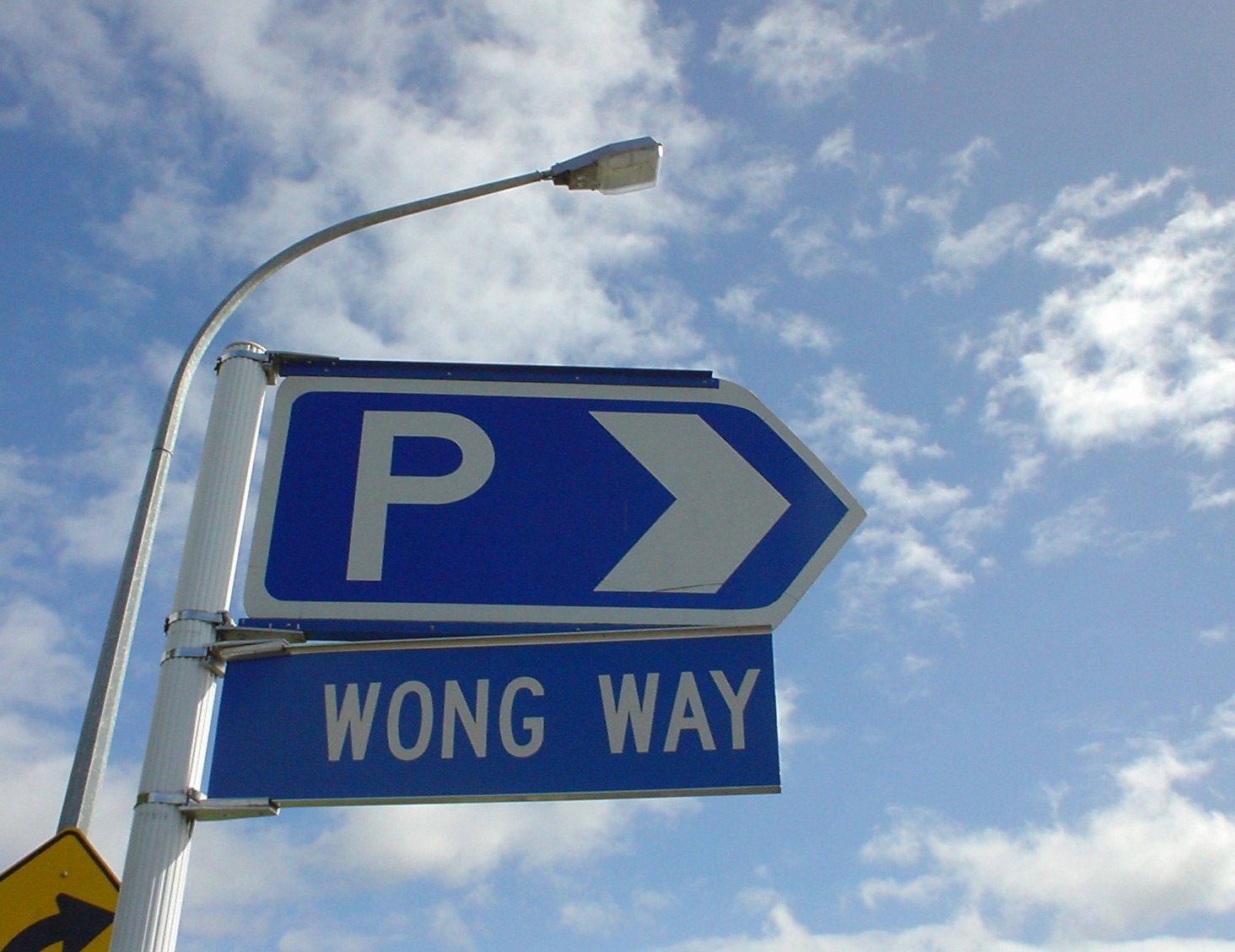

THE POPULAR media does not always inform readers/watchers. There's agenda to pass along and it dominates broadcast/papers. As we have been saying for years, it's rare to see actual technologists writing about patents; instead, it's typically law firms that do so.
Prof. John Rizvi, Esq, renowned AV-rated and one of the first board certified patent lawyers in the United States, and creator of the inventor platform, The Patent Professor€®, has released a groundbreaking educational animation video library designed to simplify arcane and complex aspects of patent law for entrepreneurs seeking to accelerate and win patent approval with the United States Patent Office (USPTO) for their ideas.
According to a study conducted by the Boston University School of Law, in 2011 patent litigation by so-called patent trolls cost US software and hardware companies a staggering $29 billion. Although that staggering figure has been discredited, few seriously doubt the reality that patent enforcement through litigation campaigns create risk for technology users and imposes a financial burden on industry. Even more modest assessments suggest a figure that is still over $7 billion.
One of the most common motivations, therefore, for cross-licensing agreements is to avoid spending valuable resources on suing and counter-suing for alleged patent infringement. Cross-licensing allows companies to reach an out-of-court settlement in which they barter their respective IP value and rights. The infringer/competitor now becomes an ally.
But cross-licensing is not just a barter to fend off intellectual property lawyers or reduce licensing fees – it can and should be the basis of forward-looking alliances that encourage knowledge flow and spur post-licensing innovations. Studies have shown that the duopoly profit attained by cross-licensing can be greater than the profit from a monopoly scenario.
A patent gives a right of ownership on the invention. As an inventor, a patent gives you the exclusive right to control uses of your invention. You can either stop others from making, using or selling your invention without your permission, or you can choose to commercialise your right by letting them use your invention for a fee.
Two household names—Amazon and eBay—are new additions to this year’s Patent Power Scorecards. It’s not that they hadn’t had valuable patent portfolios previously, but they had been omitted because their primary industry was retailing, which fell outside the tech-sector scope of the scorecards. However, as Amazon has branched out into Web services, its patent portfolio has become increasingly dominated by patents related to technologies such as networking infrastructure, Web transactions, and server hardware. The same is true for eBay, making both companies a natural fit for the Communication/Internet Services scorecard. Indeed, Amazon enters the scorecard straight into first place, knocking Google off the top spot. This makes Amazon the first company ever to rank ahead of Google in the Communication/Internet Services scorecard.